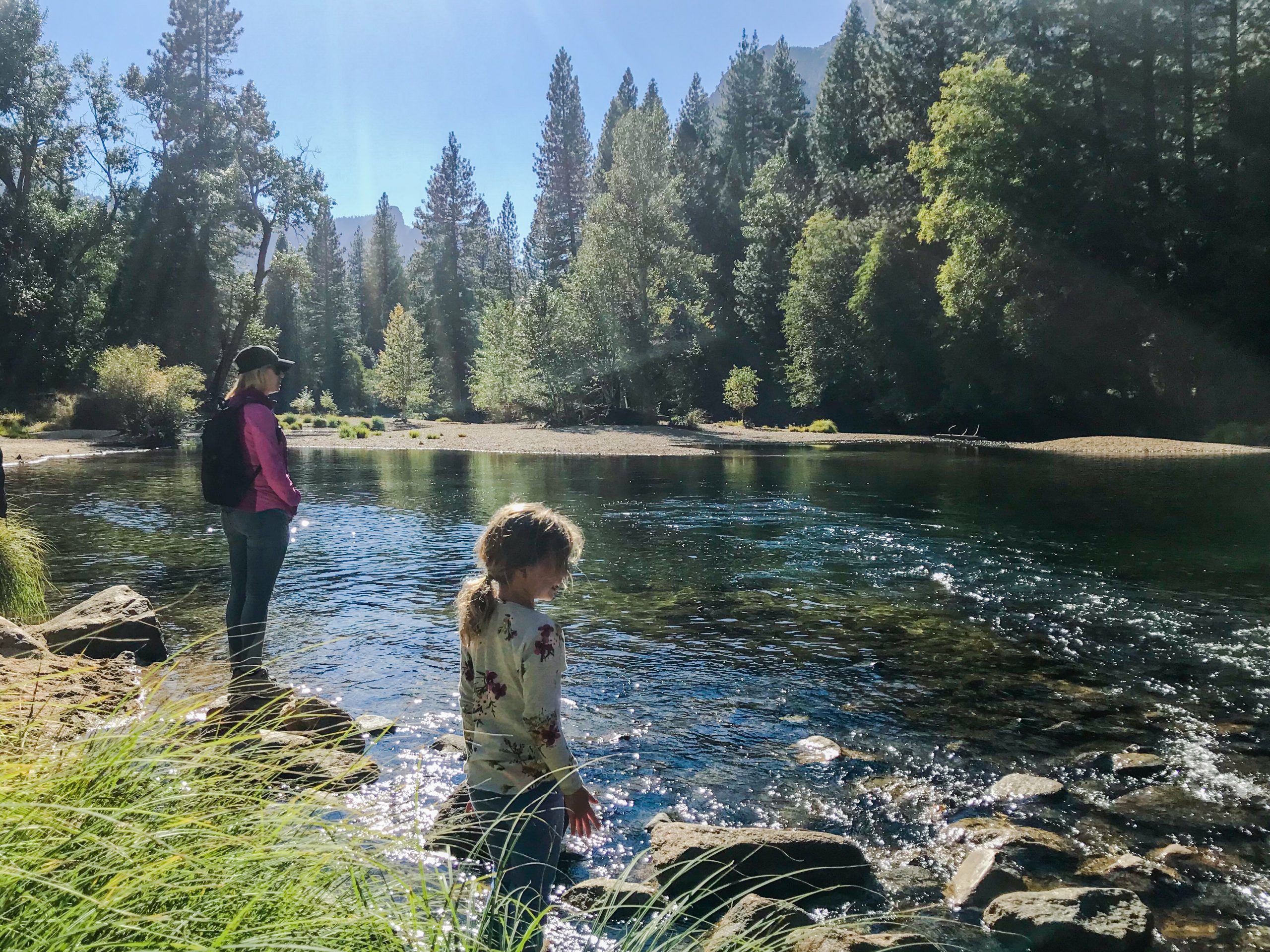We don’t give much thought to the ground we walk on, but it’s always there, imperturbable beneath our feet. The soil itself is integral to many aspects of our way of life. The availability of our foods, the health of our surroundings, even the air we breathe are all influenced by soil quality. The way that we care for the soil can have broad implications for the health and resilience of our planet.
People haven’t always understood the boundless connectivity between ecosystems, and we haven’t always cared for the earth to the best of our ability. There have been several agricultural revolutions throughout history, with each one involving a series of innovations and techniques to improve agricultural output and feed the growing human population. The most recent agricultural revolution took place from the 1960s through the 1990s, when selective breeding was used to improve productivity of grains, especially wheat and rice (National Geographic). Farming practices centered around maximizing crop yields in the short-term, with not a lot of consideration given to future years, the effects on the soil, or the ecosystem as a whole.
Given the emphasis on high-yield crops, recent advances in agriculture have often been accompanied by increased use of fertilizers, herbicides and pesticides, which come with serious environmental consequences. These “agrochemicals” pollute the land, air, and water and also contribute to climate change. According to Tim Folger in National Geographic Magazine, “synthetic fertilizers are manufactured using fossil fuels, and they themselves emit potent greenhouse gases when they’re applied to fields.” Many of these chemical substances have been proven unsafe for human health as well as the environment, yet governments around the world are slow to enact laws to restrict their use. Glyphosate for example, is formally classified as a “probable carcinogen” by The World Health Organization’s International Agency for Research on Cancer and it is the most commonly used herbicide in the U.S. (Environmental Protection Agency). In other countries, glyphosate has been restricted or banned entirely.
Commercial farming involves a number of other soil disturbances aside from the application of chemicals. Equipment mechanization cleared the way for more intensive farming practices, such as tilling, which leads to nutrient run-off and more carbon dioxide emissions. Monocrops are problematic because they destroy the natural biodiversity of the ecosystem, weakening soil health and making the use of fertilizers practically inevitable. This is the problem with modern agriculture – the more you alter the natural ecology of the soil, the more modern interventions are needed to keep your crops growing, generally at the expense of long-term soil health.
We need to embrace sustainable farming methods and regenerative agriculture to restore soil biodiversity and reverse climate change. Key methods include organic and no-till farming, using compost instead of synthetic fertilizers, and planting a diversity of crops, which is a natural pest deterrent and also supports soil health. These techniques need to be integrated across small and large-scale commercial farming operations to make the greatest impact.
The effects of soil health extend from below ground into the atmosphere, impacting food industries, climate change, and global ecosystems. Agriculture should be designed to coexist with nature. By protecting and restoring soil biodiversity, we can promote food security as well as environmental sustainability.






